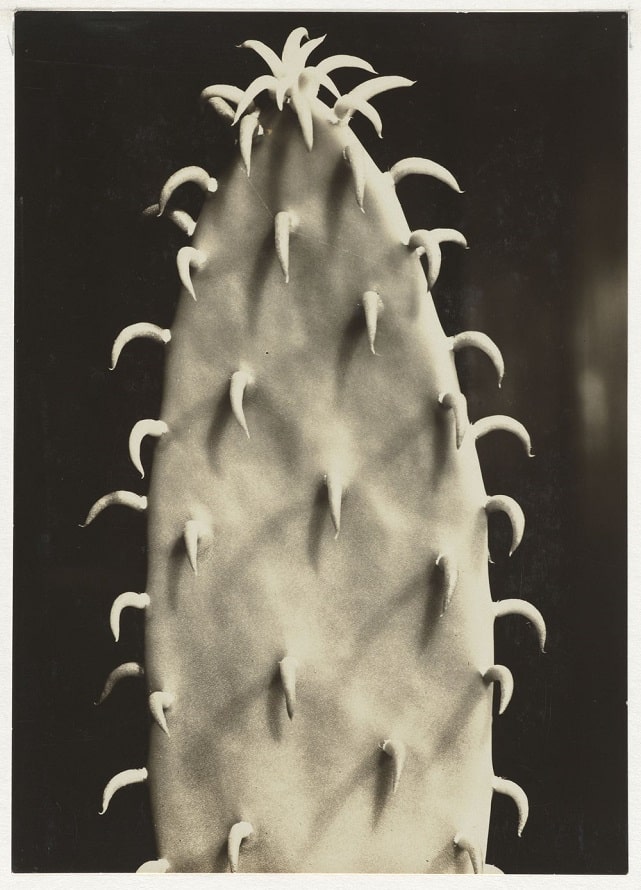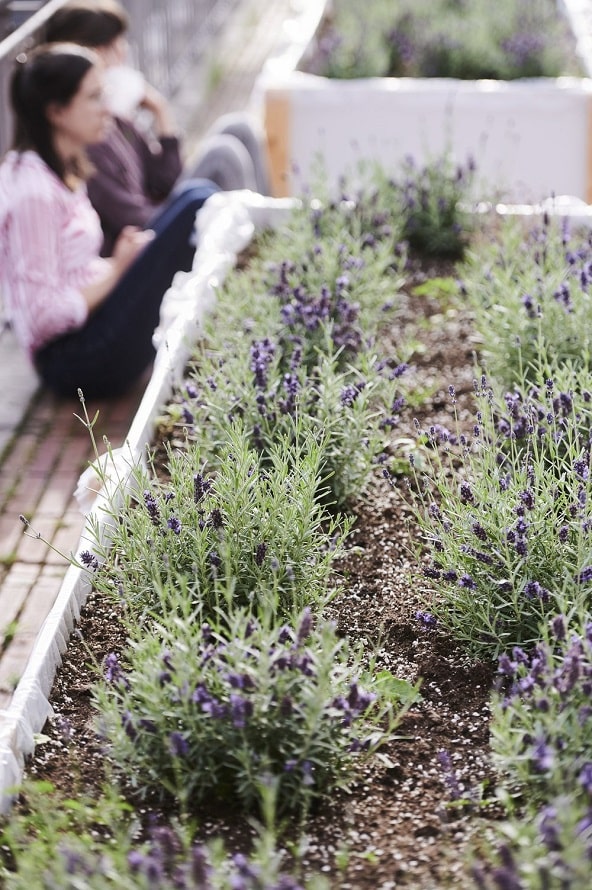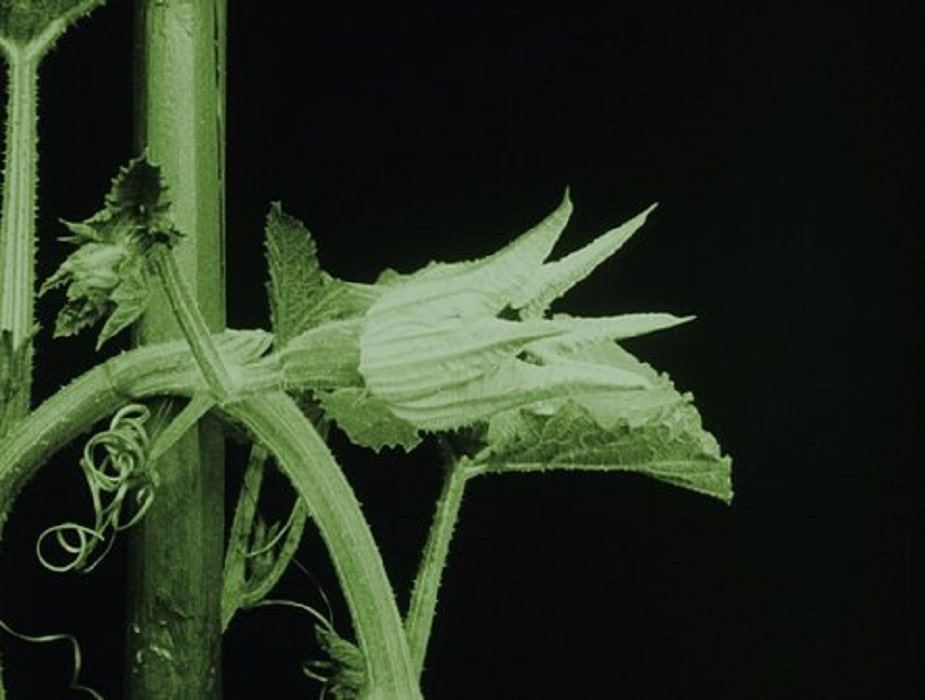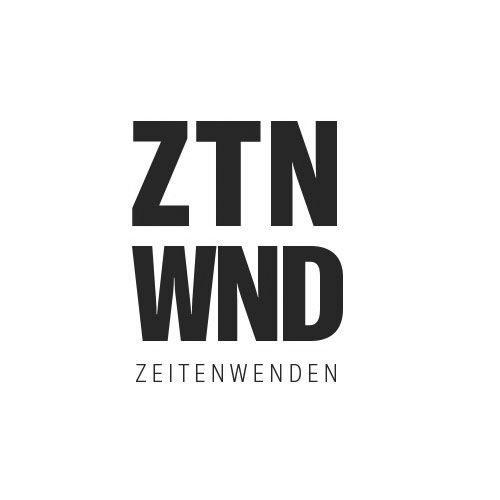What is the plant to man? The exhibition Green Modernity. The New View of Plants takes us back to the early 20th century and asks about the representation of the plant in the visual arts, its consideration in botany and society in general. For as sober as potted plants may look in the picture at first glance, as matter-of-fact as botanical reports read, they always also tell of the contradictions, fears, longings and ideologies of modernity.
Image above: courtesy of Museum Ludwig
The exhibition is dedicated to the topic with around 130 exhibits in four chapters:
I. The plant as the other
With their song about the little green cactus, the Comedian Harmonists sang about a plant that was extremely popular at the beginning of the 20th century. The cacti were “hunted” in the two Americas to be bred and sold for the German market. Like a big game hunter, the plant collector Curt Backeberg had himself portrayed in white clothing and with lasso in his arms next to a metre-high cactus. In this respect, the indoor gardens that were cultivated, sung about, photographed and painted were colonial indoor gardens. Those who wanted to be modern surrounded themselves at home with cacti, rubber trees and other plants that only grew outdoors in warmer climates, but could be shown off to their best advantage in private interiors thanks to coal heating and large windows. Aenne Biermann photographed the cacti in her own collection, Albert Renger-Patzsch recommended cacti for amateur photographers, and the art historian and collector Rosa Schapire had Karl Schmidt-Rottluff design a “cactus home” for her. Meanwhile, interior design magazines presented tubular steel furniture next to cacti as a matter of course.

II The Plant as the Appropriated
In the flower dress, the New Woman after 1918 still cited Flora, the goddess of blossom. In a time of increasing “gender disorder”, when short hair no longer marked a woman’s sexual identity and Magnus Hirschfeld performed gender reassignment surgery, the flower remained present in fashion: August Sander’s smoking garçonne Anneli Strohal wears flowers on her dress, just as Lili Elbe did even before her operations. And Marlene Dietrich lets an oversized blossom spring from the buttonhole of her dark suit, like a wink, because the fear of the “masculinisation” of the modern woman had been formulated again and again. The appropriation of blossoms as a passive luring organ in the service of procreation is found in probably its most ritualistic form in wedding pictures, in the hair and hands of brides. Floral motifs also unfolded under clothing, namely as tattoos, as a look at Christian Warlich’s tattoo art from the 1920s shows.
III. The plant as form and colour
The photographer Karl Blossfeldt was not interested in plants, their names and uses. What interested him was their form, which he trimmed for photography – sometimes beyond recognition – so that craftspeople could use them as models for their designs. The plant also served as a “building material” in professional floristry. Others, such as the artist Karl Schmidt-Rottluff, used flowers like the poisonous delphinium to create contrasting colours in their paintings.

IV. The plant as a relative
It was not only the philosopher Walter Benjamin who was fascinated by photographs of plants under the microscope or time-lapse photography. The cinemas were packed when Das Blumenwunder (The Miracle of Flowers) in 1926 presented the existence of plants in a completely new way. The “miracle” was based on time-lapse laboratory footage of experiments with the first artificial fertiliser to help feed the growing population. The physicist Jagadish Chandra Bose described in his popular book The Plant Scripture that the plant was alive, moved, had a pulse and could tire. At the same time, the biosopher Ernst Fuhrmann had plants dramatically illuminated and staged for his book of photographs The Plant as a Living Being. The boundaries between life forms had become more fluid and so it is not surprising that film and literature of the Weimar Republic also feature horror fantasies of plants, such as the carnivorous plant, whose recognition in botany had only been achieved with Charles Darwin.
Artists: Hans Arp, Max Baur, Arthur Benda, Aenne Biermann, Karl Blossfeldt, Otto Dix, Alfred Eisenstaedt, Hugo Erfurth, Max Ernst, Otto Feldmann, Ernst Fuhrmann, Albert und Richard Theodor Gottheil, Erich Heckel, Heinrich Hoerle, Ernst Ludwig Kirchner, Werner Mantz, Franz Pichler jr., Anton Räderscheidt, Albert Renger-Patzsch, Ludwig Ernst Ronig, August Sander, Karl Schenker, Karl Schmidt-Rottluff, Richard Seewald, Friedrich Seidenstücker, Franz Wilhelm Seiwert, Renée Sintenis, Carl Strüwe Außerdem: Marta Astfalck-Vietz, Jagadish Chandra Bose, Comedian Harmonists, Lili Elbe, Wilhelm Murnau, Max Reichmann, Christian Warlich u.a

Eco-curating: Exhibiting sustainably
Green Modernity. The new view of plants is a pilot project in sustainable exhibiting for the Museum Ludwig. In the Climate Protection Act, Germany has committed itself to acting in a climate-neutral way by 2045. Cologne is already planning climate neutrality by 2035. Cultural institutions also want and need to establish new operational ecological standards, especially museums, which are among the major CO2 emitters within the cultural sector with air conditioning, lighting, travel and transport. Green modernity. The new view of plants will therefore explore and make transparent possibilities for sustainable exhibition making. In this way, the transformation that was initiated with the Sustainability Team at the Museum and whose goals can be read in the Sustainability Report of the German Sustainability Code will be continued. We can conserve resources and emit less CO2 by working with our own collection, as this avoids transport and art packaging. On the roof terrace of the Museum Ludwig, disused transport crates, which are still being used during ongoing operations, are now being recycled as raised beds. Herbs are grown in them, which, thanks to a cooperation, will be used in the museum restaurant as part of the exhibition. Nevertheless, we do not do without pictures beyond our own collection, only originals. In order to conserve wood and water, the catalogue is hosted online at www.gruene-moderne.de in a climate-neutral way and is thus accessible to everyone free of charge. All other print products are printed locally on Blue Angel certified paper with mineral oil-free ink. The exhibition architecture is reused from previous exhibitions or recycled by the in-house carpentry. Since 2021, the museum has been drawing 100 per cent of its electricity from hydropower. And one euro from every admission ticket goes to nature conservation projects.
Die Ausstellung wird gefördert von den Freunden des Wallraf-Richartz-Museum und des Museum Ludwig e.V., dem Ministerium für Kultur und Wissenschaft des Landes Nordrhein-Westfalen, der Peter und Irene Ludwig Stiftung, der Karin und Uwe Hollweg Stiftung, dem Landschaftsverband Rheinland (LVR) sowie der Sparkasse KölnBonn
WHEN?
Saturday, 17. September 2022 until Sunday, 22 January 2023
WHERE?
Museum Ludwig
Heinrich-Böll-Platz
50667 Köln






